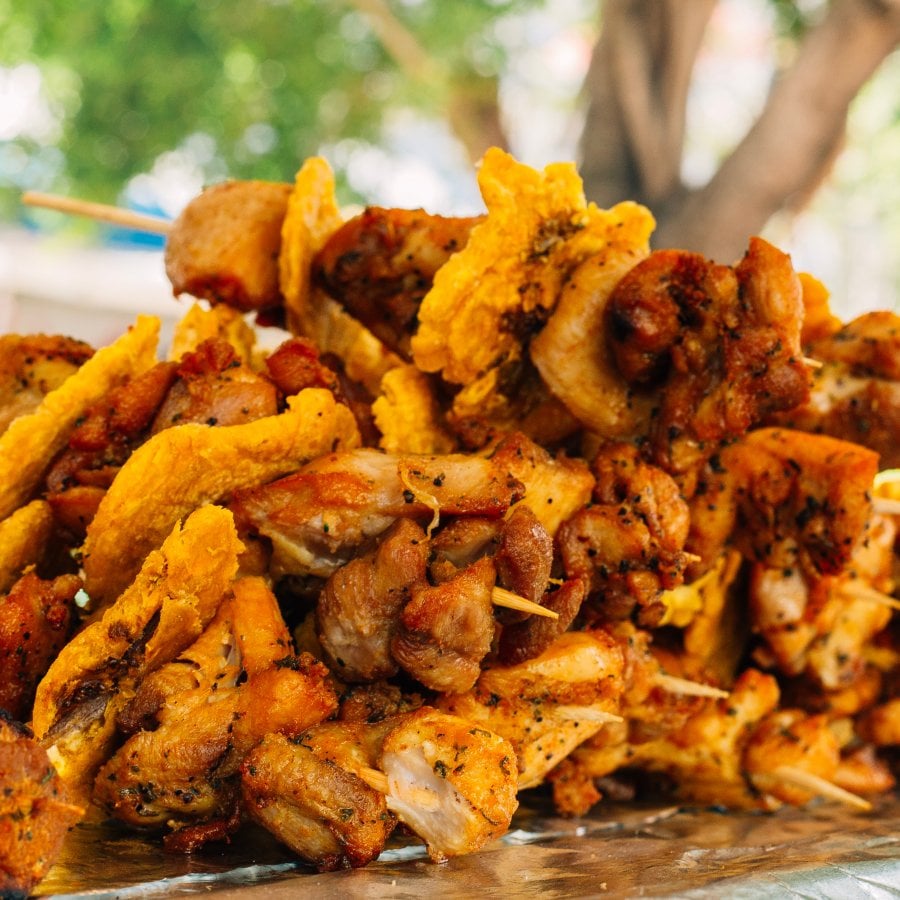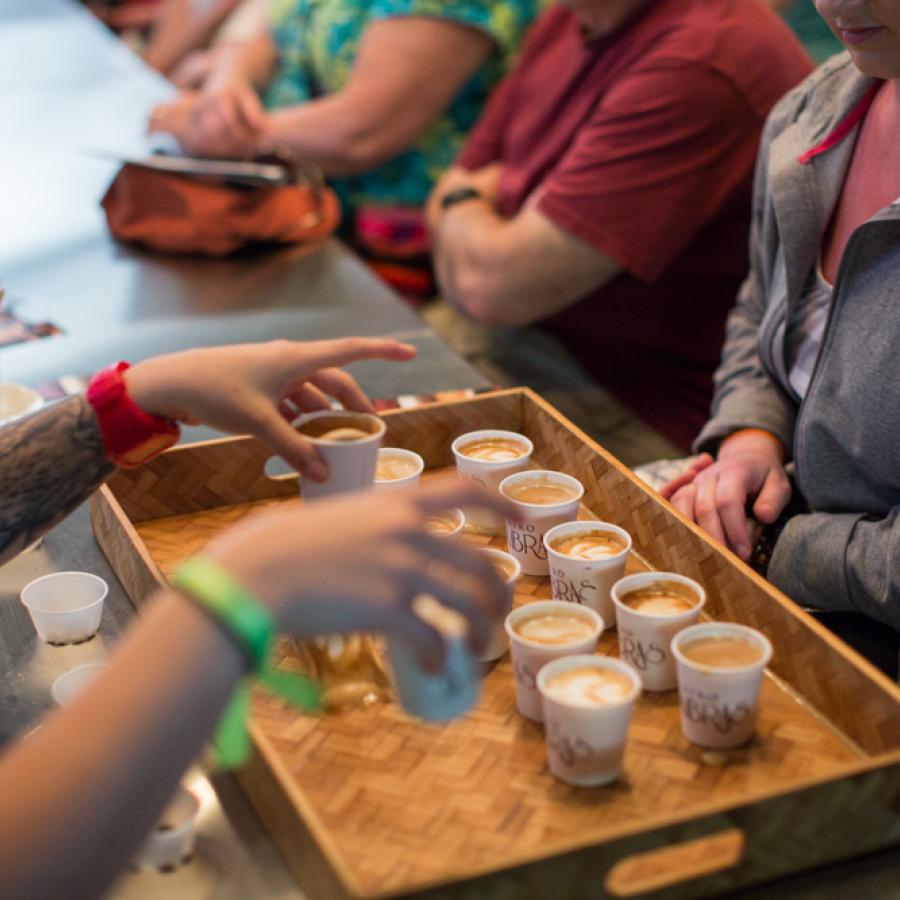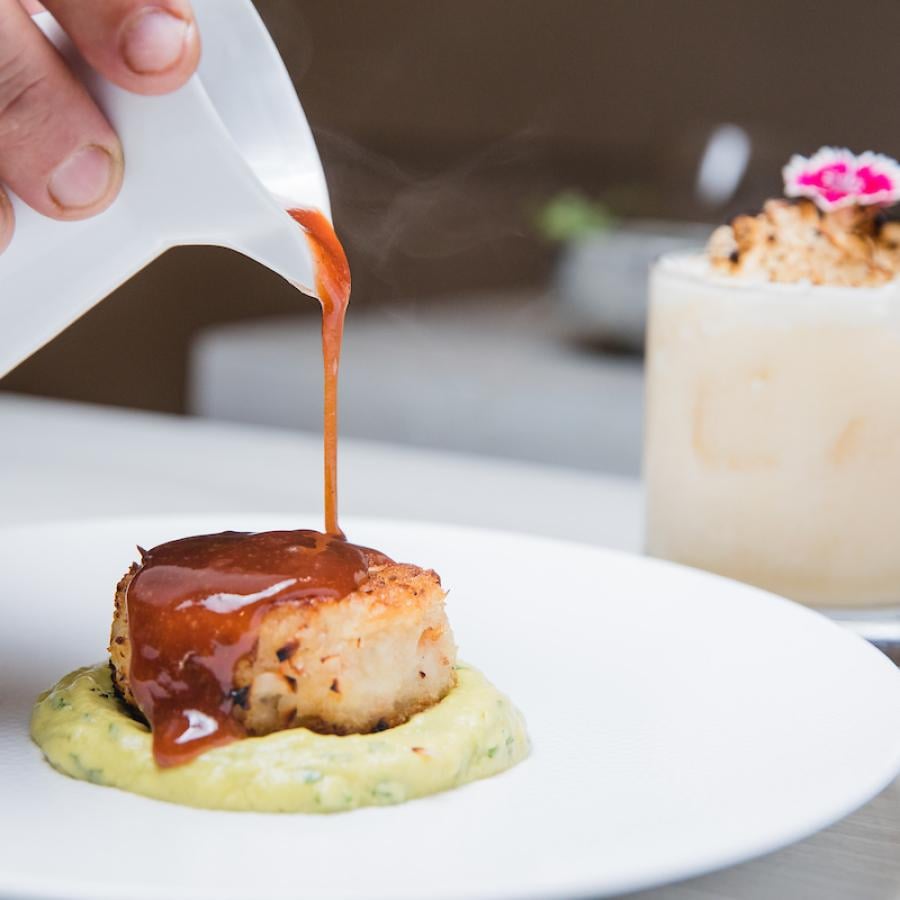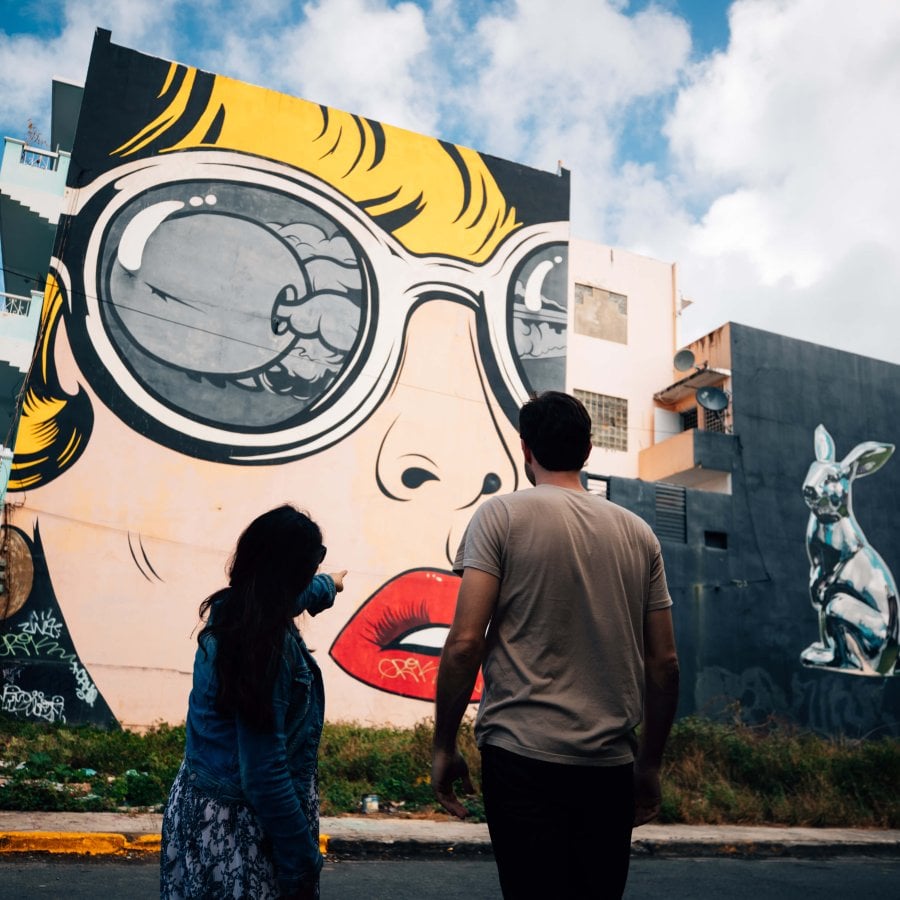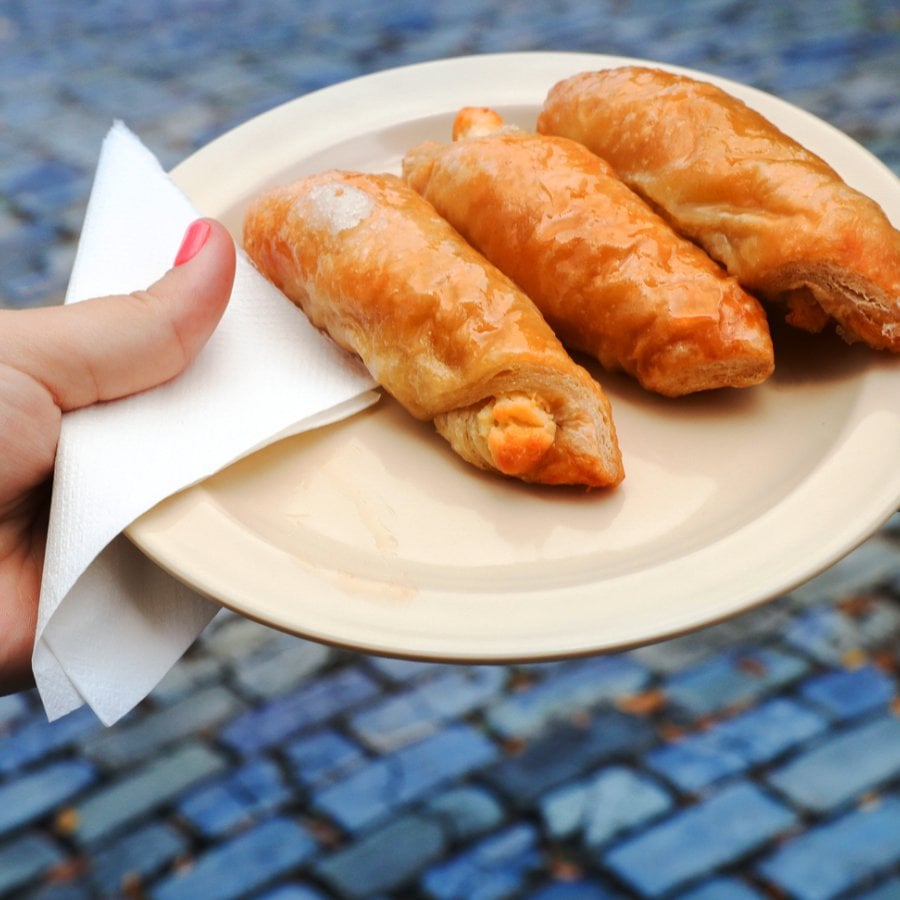Chef Manolo López is a culinary innovator deeply rooted in Puerto Rican culture.
Raised in an environment surrounded by artists, musicians, and poets, Chef Manolo López developed a strong sense of creativity from a young age, with his journey into the culinary world fueled by his family’s unwavering support. Today, he has crafted a unique culinary philosophy that embraces a "low intervention and wholesome" approach to ingredients, focusing on sustainability, no-waste practices, and honoring Puerto Rico's traditional flavors.
One of Chef Lopéz's most popular ventures was Mofon•GO. Starting in Williamsburg, Brooklyn, under a 10’’x10’’ tent blasting salsa music, its simple yet impactful design quickly caught the attention of Smorgasburg, a well-known outdoor market where Puerto Rican cuisine was proudly represented for four years. Its success led to pop-ups across New York, feeding famous faces like Residente, Ruben Blades, and Spike Lee, and eventually taking the concept internationally to Japan. In September 2024, Chef López continued his culinary journey with the opening of Café Colmado in Manhattan’s Lower East Side—a coffee shop with a distinctly Boricua look, feel, and taste!
In this interview, he shares his insights on blending Puerto Rico’s rich cultural history with modern techniques, highlighting the Island’s flavors through locally sourced ingredients, and shares his favorite local spots.
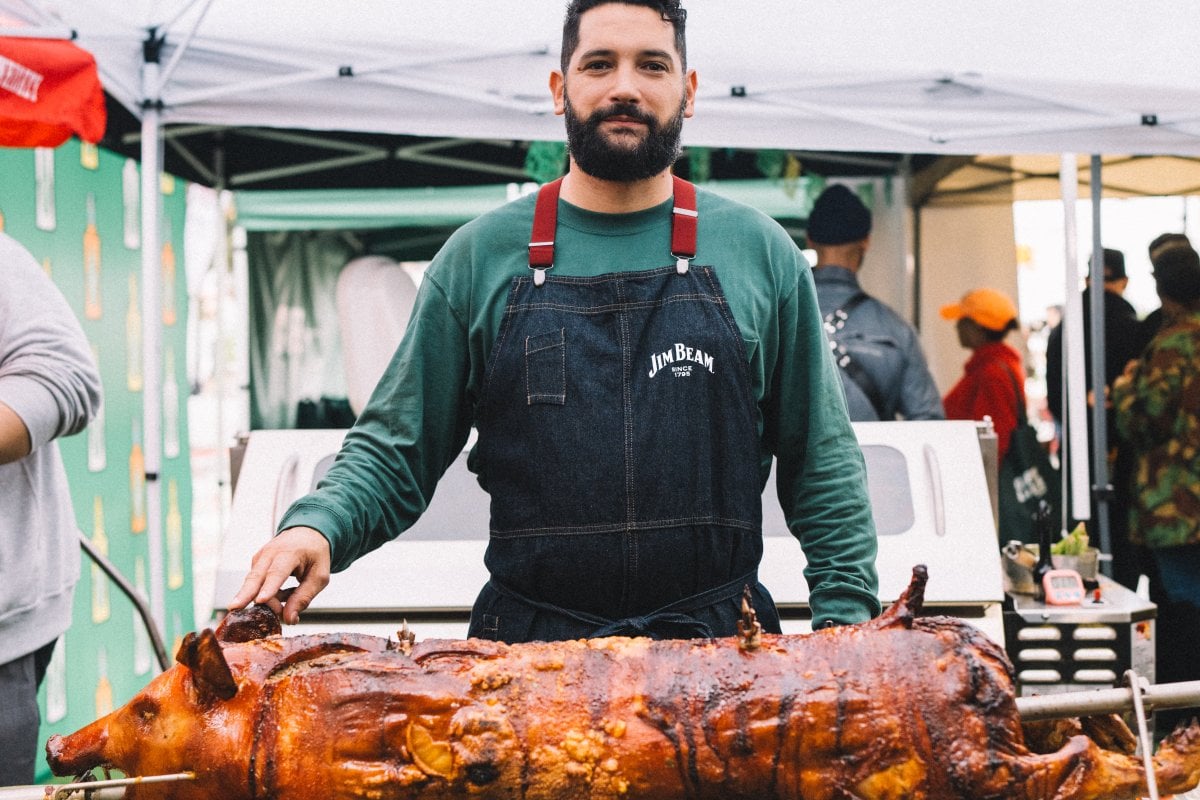
Exploring Culinary Paths: Share your journey of becoming a chef in Puerto Rico.
What sparked your passion for cooking?
My journey into the world of cooking began at the age of 13. My mother, determined to redirect the energies of a spirited child, found an advertisement in a local newspaper for culinary courses at La Escuela Hotelera de San Juan. Despite initial rejections due to my age, persistence in calling the institution paid off. They consented on the condition of a legal affidavit and her presence during classes. This marked the start of my culinary education, where I learned the importance of teamwork, respect, and timeliness.
Though I'm a native of Puerto Rico, my professional culinary path kicked off in New York in 2014 with the launch of Mofon•GO, a Puerto Rican pop-up restaurant at Smorgasburg. Specializing in mofongo, our signature dish rapidly gained popularity, earning accolades from the New York Times, Bon Appétit, Saveur Magazine, and others. Mofon•GO expanded internationally with pop-ups in Japan and Puerto Rico, allowing me to travel globally and spread the joy and culture of Puerto Rican cuisine.
Culinary Style and Philosophy
How do you define your approach to cooking? Can you explain your culinary philosophy?
My cooking approach is centered on unity. Drawing from my experiences in both New York City and Puerto Rico —two places that have profoundly influenced my identity— I strive to bridge both cultures through my culinary creations. My cooking style leans towards rustic and authentic, revisiting traditional recipes from my youth while applying refined techniques to elevate them. Dinners often feature a range of dishes from empanadillas and pasteles montados to mofongo, each honoring their modest beginnings.
As for my food philosophy, it remains fluid, adapting as I navigate the cultural interplay between these two places. Despite this evolution, my commitment to supporting local farmers and businesses remains constant. I prioritize working with and showcasing their produce, ensuring that my culinary practices positively impact the local economy and community.

Influence of Puerto Rican Culture
How do you strike a balance between traditional methods and innovative practices in your kitchen?
I recently completed my debut short series, "Mi Puerto Rico: Nuestra Gente," which takes viewers on a culinary expedition across the Island, highlighting the people and places that have shaped my career in the kitchen (catch it on my social media platforms). It's these very individuals and their creations —like the humble bacalaíto (cod fritter) from Viña la Gran Pastelera in Yauco— that impacted me, far surpassing the influence of any book or trend. In these unique chinchorros , one discovers an irreplaceable vibrancy and taste.
The digital age, with its vast internet and social media reach, showcases the work of countless remarkable chefs and cooks, a development I view positively. Yet, while I embrace innovation, I remain committed in preserving the essence of traditional practices. For instance, a mofongo demands immediate mashing in a wooden mortar and pestle right after the plantains are fried. It's crucial to remember the roots of our culinary journey, ensuring that our heritage remains intact even as we advance.
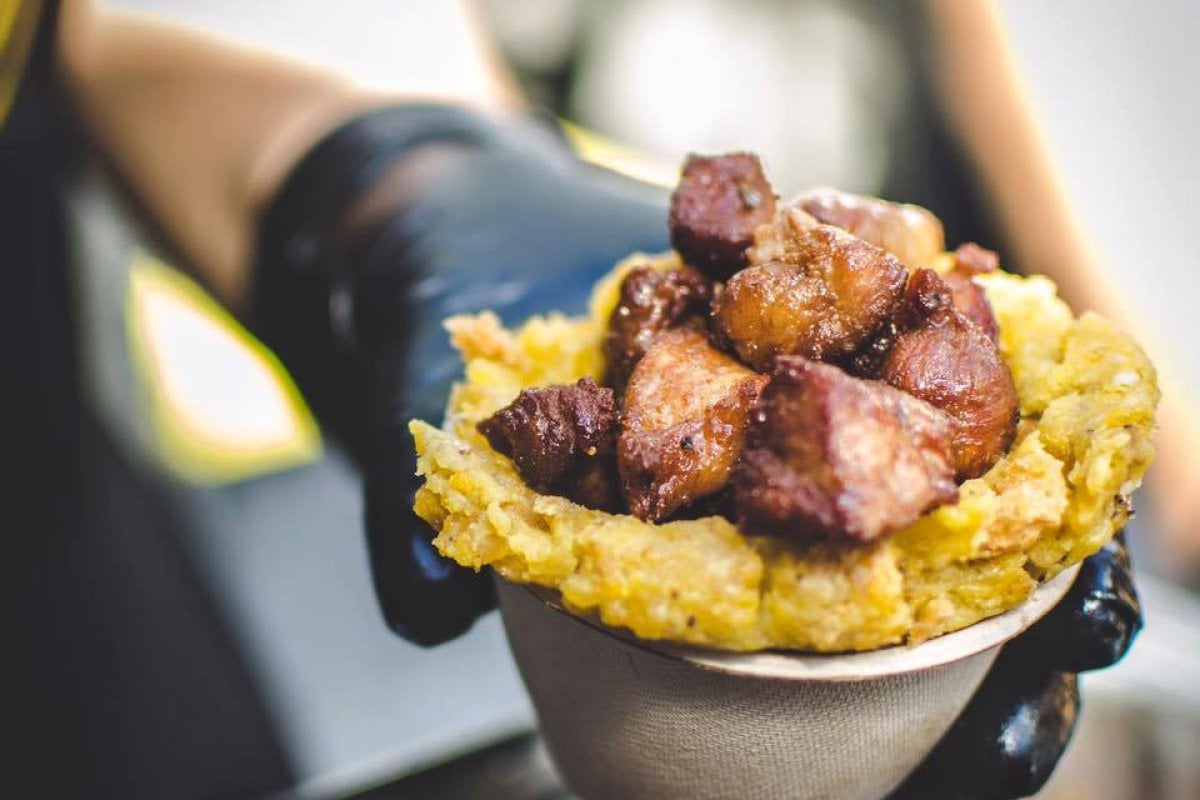
Must-Try Dishes
What is one signature dish that every visitor should experience at your restaurant or through your culinary services?
For the past two years, I've traveled across the United States, roasting whole pigs in areas with prominent Latino communities. This culinary endeavor is something I've been refining for years with the guidance of extraordinary mentors. Initially, I was fortunate to learn from the late chef Gabriel Antunez, who introduced me to the intricacies of cooking with fire. Following him, local lechonero Fernando Narvaez, renowned for his expertise in pig roasting, further honed my skills in this craft, a skill he has passed on to numerous distinguished chefs. This art form is more than just preparing a dish; it's about the stories and connections forged around the fire, a tradition I'm eager to share with a broader audience.
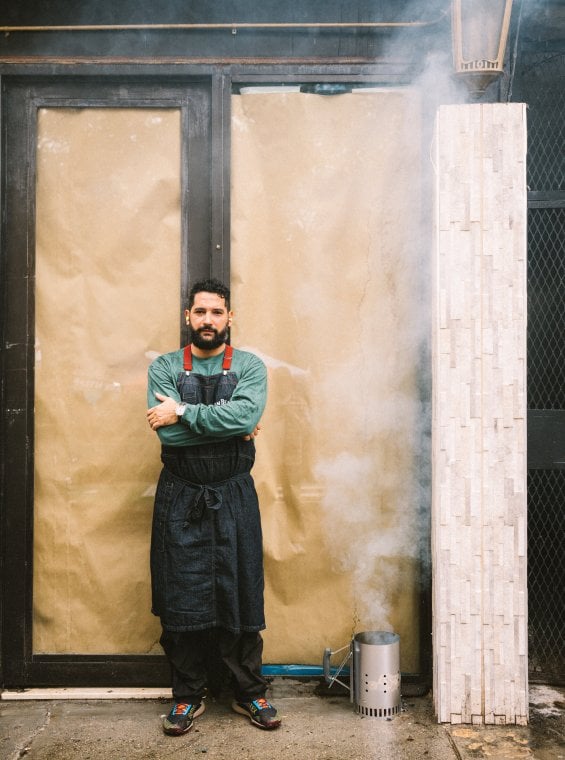
Puerto Rican Cuisine Essentials
From your perspective, which dish quintessentially represents Puerto Rican cuisine and why?
This topic might spark up some debate, but I'm ready for it: arroz con gandules (rice with pigeon peas) with pernil (slow roasted pork). In our culture, rice with pigeon peas and pork shoulder are absolutely fundamental. While arroz con gandules is traditionally linked to holidays, an unbeatable version is cooked over an open fire, using banana leaves to seal in the flavors as the liquid slowly evaporates. Pork, a legacy of the Spanish, has become an integral part of our culinary identity that on Thanksgiving, it's common to find both a turkey and a pernil on the table. That's my take, and I stand by it.
Visitor's First Bite
What dish would you recommend to someone new to Puerto Rican cuisine?
Toss your luggage aside, get in an Uber, and make a head straight for Piñones. There's a world of astounding fried marvels waiting for you. My go-to is always alcapurrias. There’s something utterly magnetic about Piñones, with its beachside allure and the sizzle of fried food cooking on open fires. It's the quintessential crash course in our street food scene.
Do you have any advice for individuals dining in Puerto Rico for the first time?
Get off the beaten path. Dig deep for those local joints where real magic happens, far from the tourist treadmills. There's a world of astounding eateries out there, brimming with passion and flavor, ready to make your trip the most memorable you’ve ever had.
Local Dining Favorites
Could you share a few of your favorite local eateries?
Here are some of my favorite spots. You’ll need to travel around the Island and follow them on social media to know when and what they’re up to.
If you’re looking for creative cuisine, Flora in Aguadilla tops the list. The chef there works magic with local produce, turning it into stunning dishes that will impress even the most discerning foodie. For those who enjoy a culinary adventure, keep an eye on Diente de Lobo social media to find their next pop-up location—it’s always worth the chase. In Santurce, Chef Natalia Lucía, Puerto Rico's first James Beard Award laureate, brings soul and instinct to every dish at Cocina al Fondo, with her local rabbit dish being absolutely mind-blowing. Aldeana in Cidra offers a unique dining experience within a stunning hacienda, with a menu that evolves every weekend, making you feel as if you've stepped back in time. Over in Rincón, Bakku serves what many consider the best sushi in Puerto Rico. Although sushi is traditionally Japanese, Bakku’s international flair is a must-try when you’re in the mood for something different—just be sure to get there early since they're only open Monday through Thursday. Finally, Caleta in Old San Juan offers an intimate dining experience for no more than 20 guests, combining phenomenal wine selections with cuisine that perfectly complements the charm of the old city.
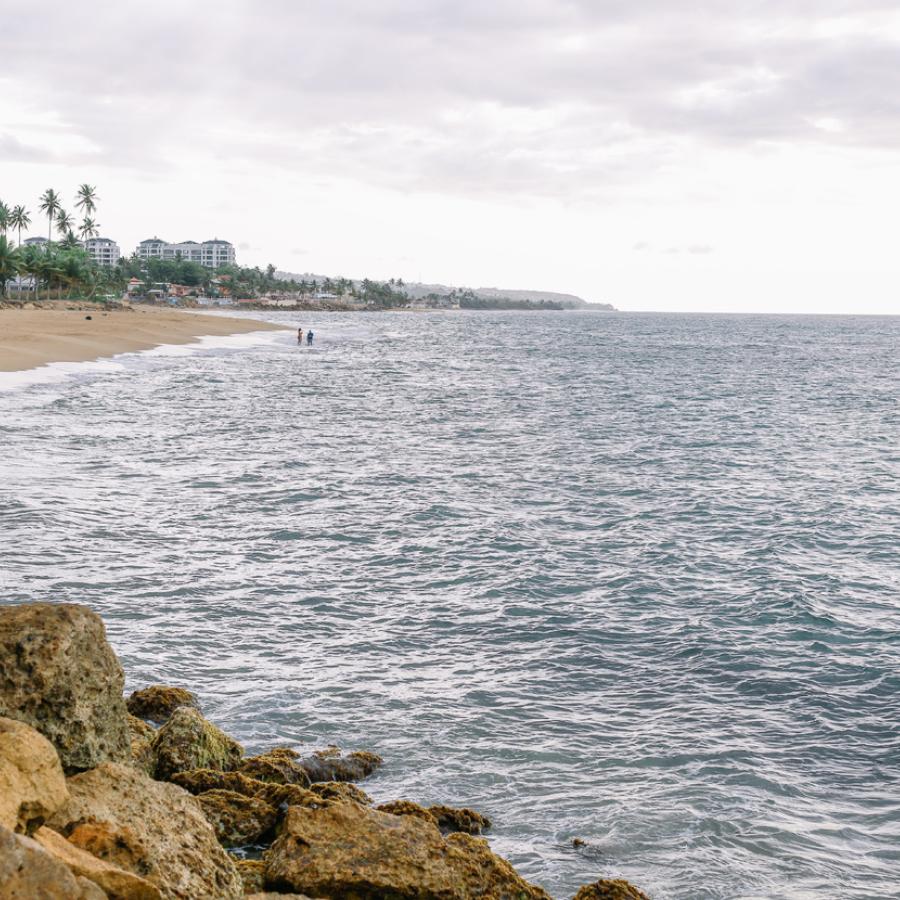
The coastline in Aguada
Hometown Pride
Which municipality in Puerto Rico do you hail from? What do you cherish most about your hometown?
I'm from Aguada, Puerto Rico, and I'm very proud of two local legends that define the essence of my hometown. First, there's Casa de Fifi, tucked away in my old neighborhood of Mamey. This place has been making the crispiest alcapurrias and the savoriest cuajito. Then, there's El Coquí Burger, a staple in our town. I've eaten in places that boast Michelin stars, but none come close to the spotlessness of this cafeteria. Here, the owner greets you and cooks for you, embodying the energy of the municipality of Aguada. I love my pueblo (town) and its people!
Local Exploration Recommendations
Where should visitors go, or what activities should they partake in when visiting your town?
Aguada has great beaches perfect for visiting or catching waves during the surf season, complemented by an array of local seaside eateries worth exploring.
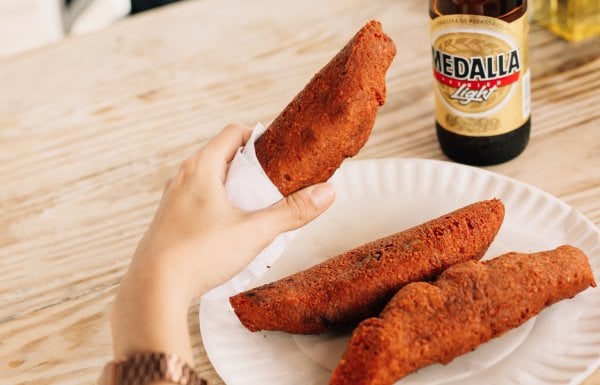
Foodies can delight themselves with Puerto Rican fritters at Piñones and at Los Kioskos de Luquillo.
Alcapurria
Learn More
The beautiful Cueva de las Golondrinas, located in the Reserva Natural de Hacienda la Esperanza.
Poza de las Mujeres in Manatí
Learn More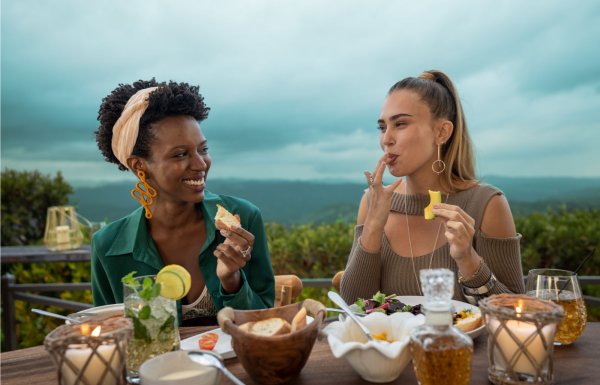
Cocina al Fondo
Learn More
Reggaetón has evolved significantly in the last two decades.
Residente, Buscabulla, Ismael Rivera, and of course, Bad Bunny.
Learn More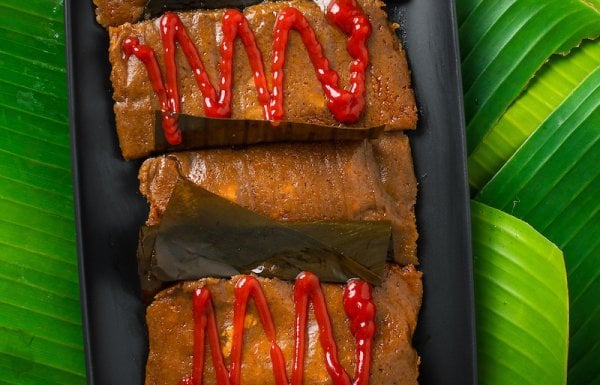
Pasteles are a savory cake made from root vegetables and plantains and filled with delicious meat.
WITHOUT, they should fine people who add ketchup to such a perfect dish.
Learn More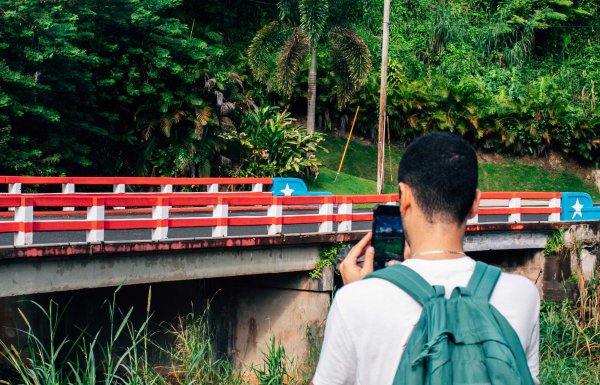
Ciales or Cayey or anywhere! I love overlanding around the Island. It’s such a cool way to see and get to know Puerto Rico better. It’s also an alternative to lodging. Go out and explore!
Learn MoreComment Guidelines
We value your thoughts and want to foster a respectful and engaged community. As such, we ask that you adhere to the following guidelines when posting comments
- Please ensure your opinions are expressed respectfully.
- We won’t remove comments that engage in courteous debate but hate speech or any form of profanity will not be tolerated. This also applies to the inappropriate use of emojis or hashtags.
- Do not downvote or dislike a comment simply because you disagree with another person’s views.
- Self-promotion and external links are not allowed and will be removed.
- Avoid sharing private information about yourself or others. Doxing (the act of leaking personal information with harmful intent) is strictly prohibited and will result in a ban.
- Comments that are off-topic will be deleted.

